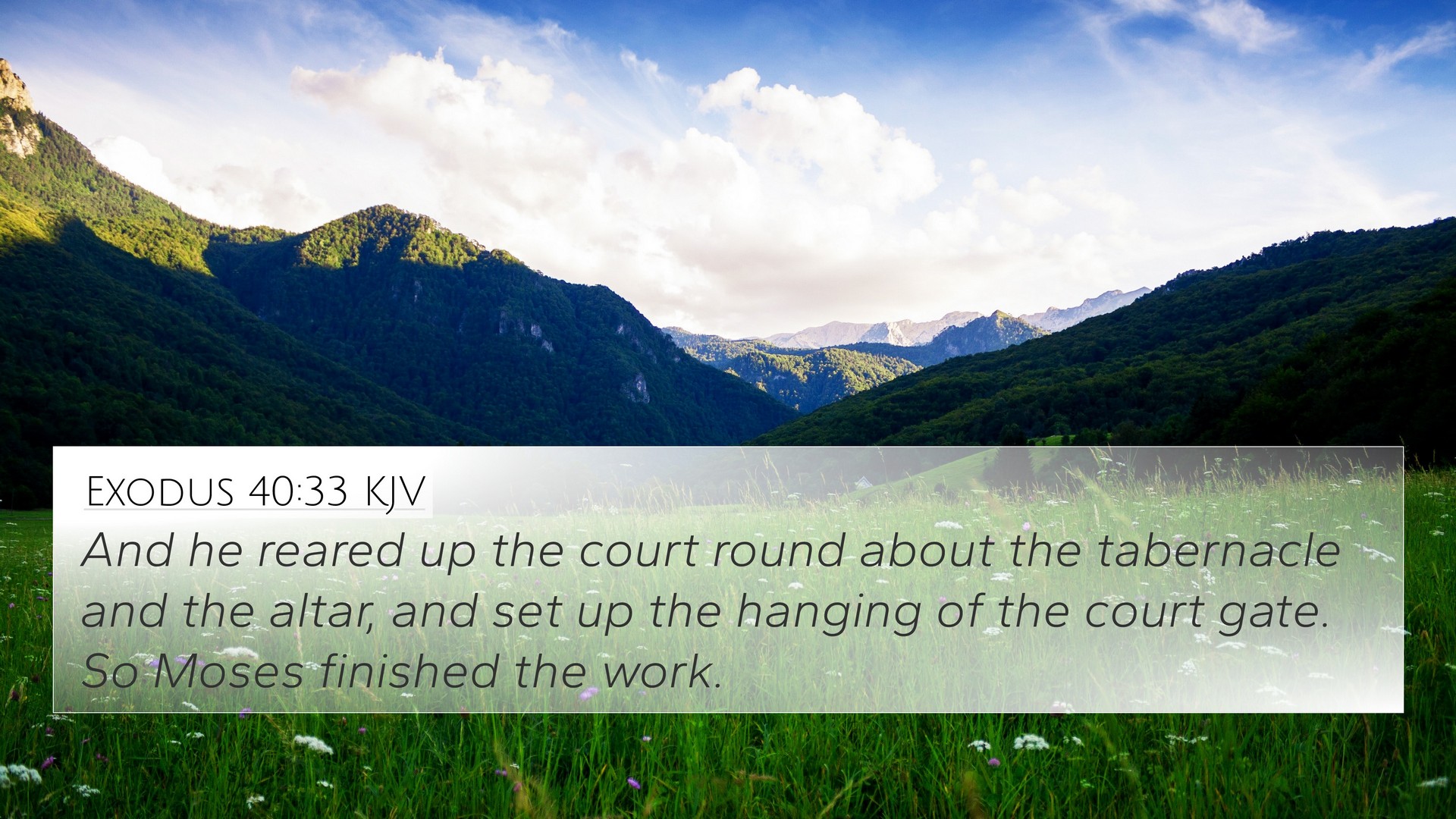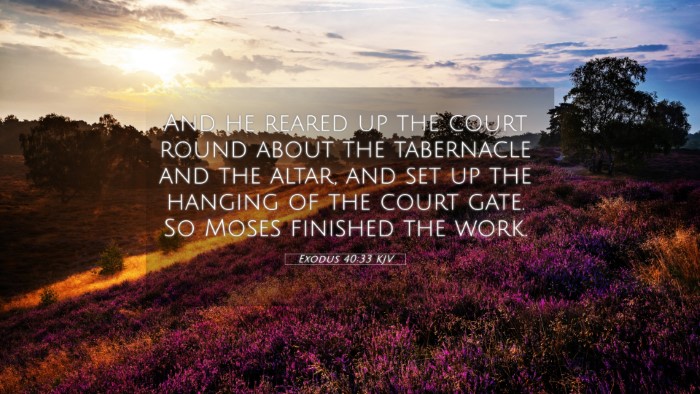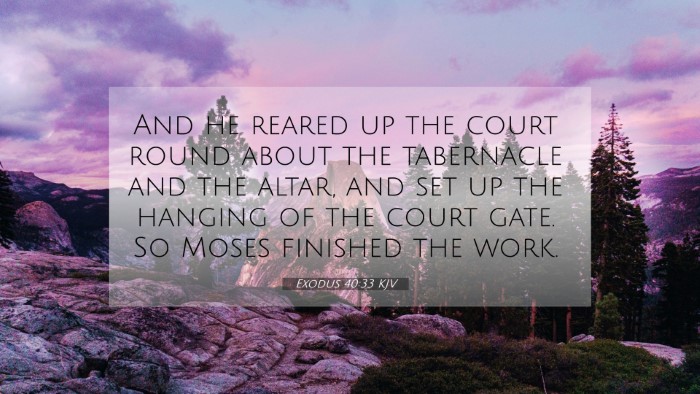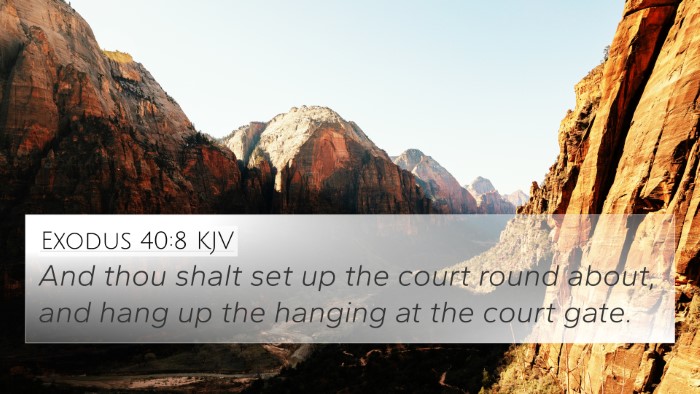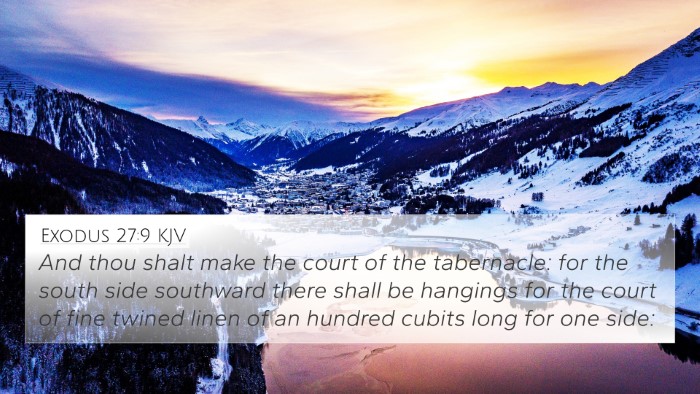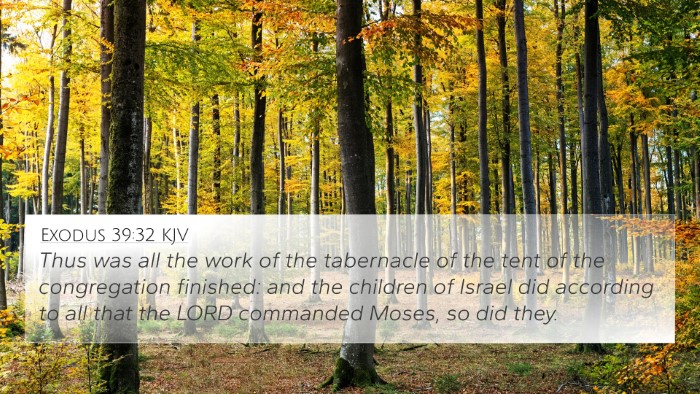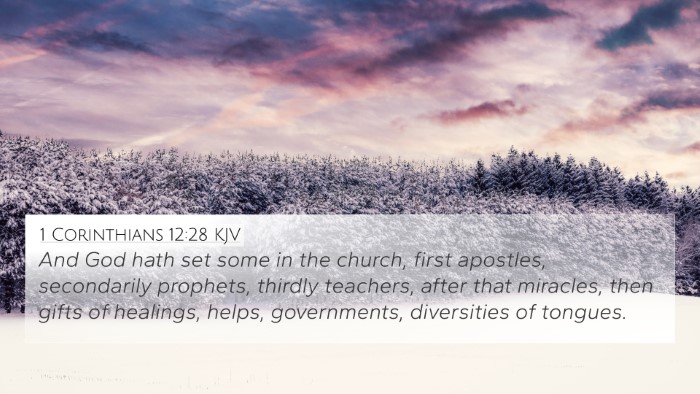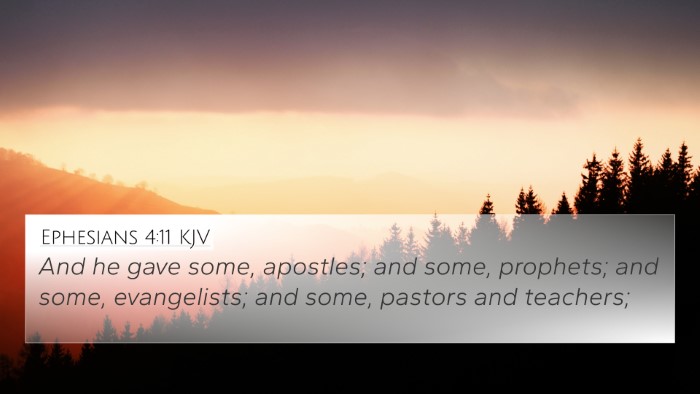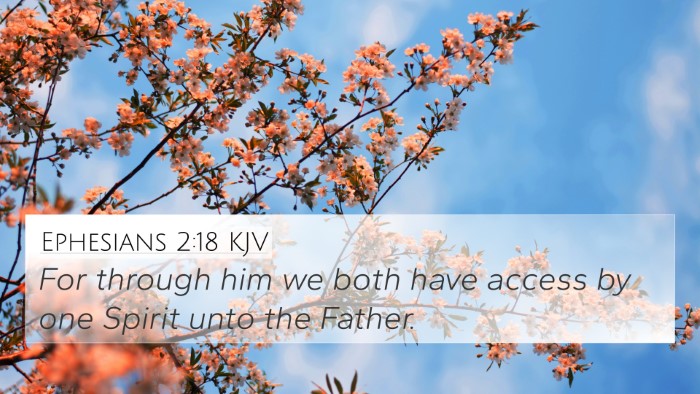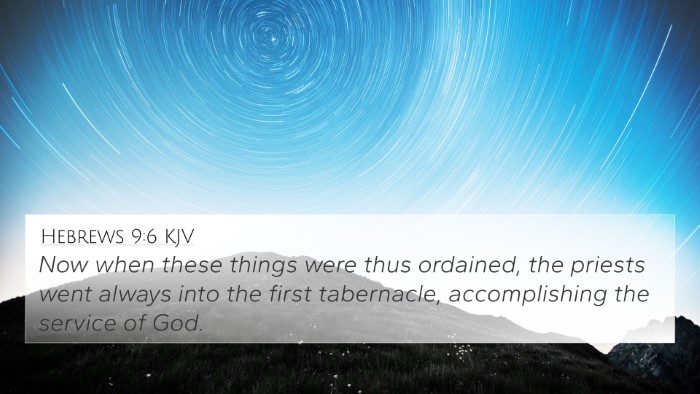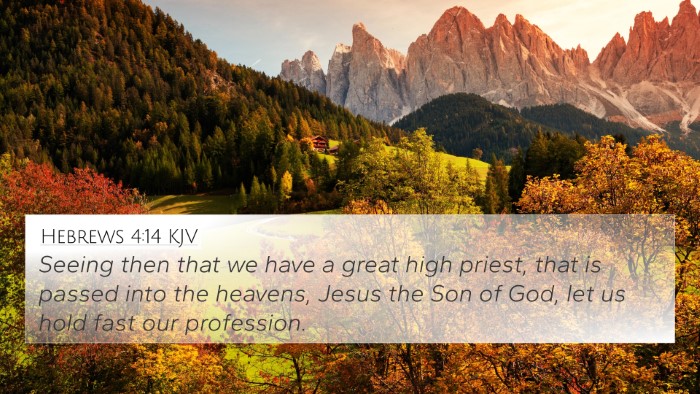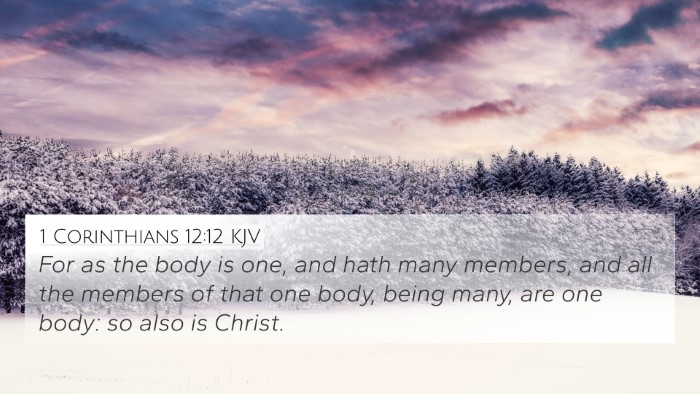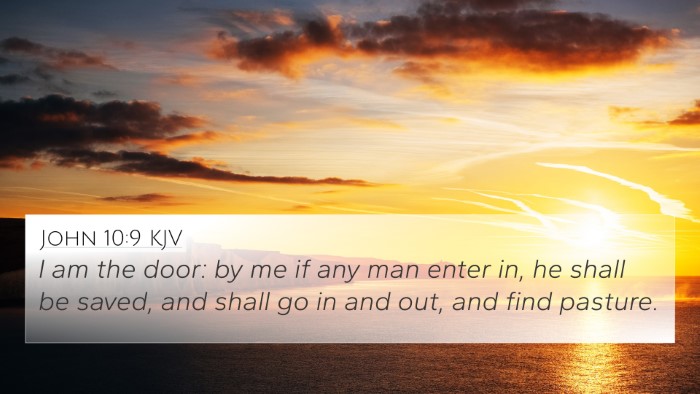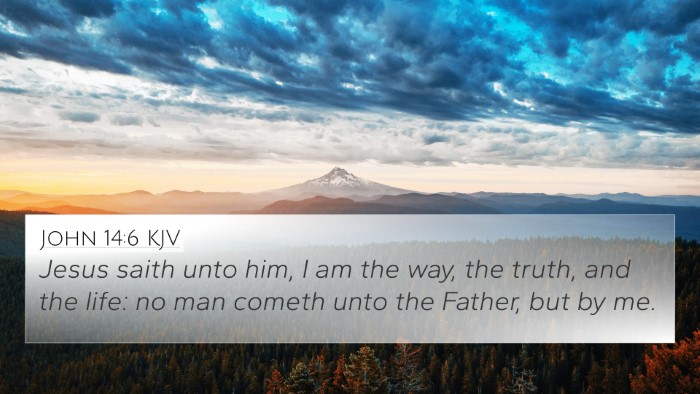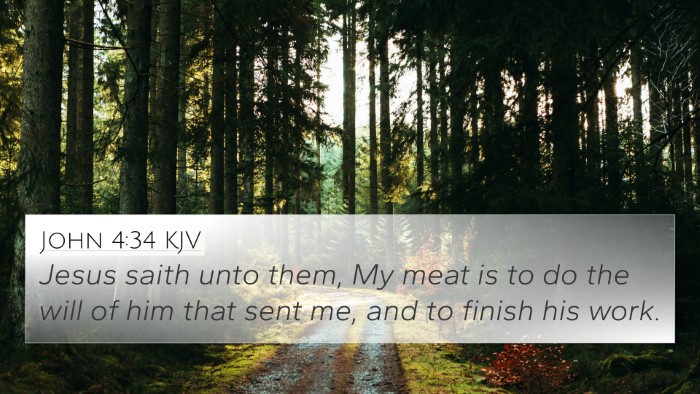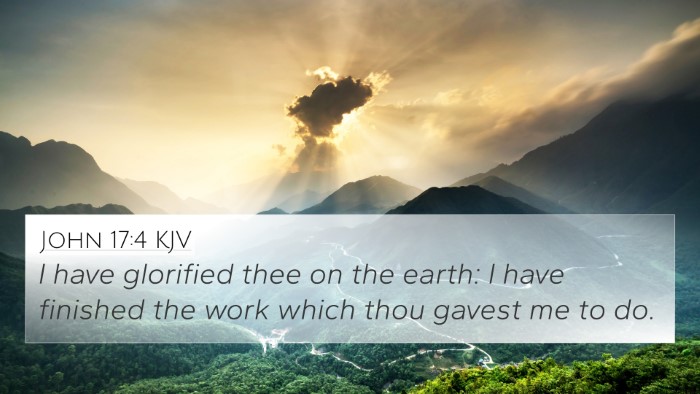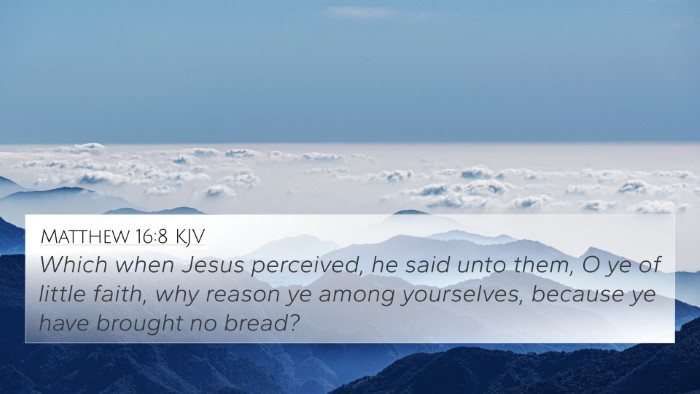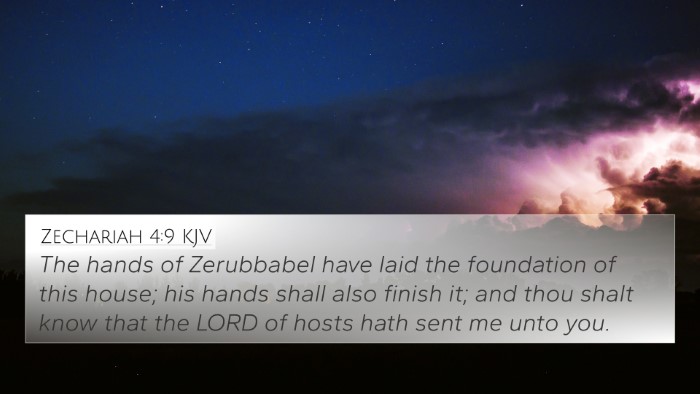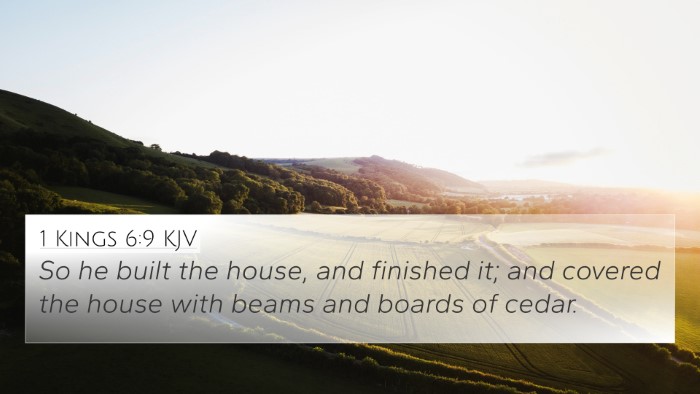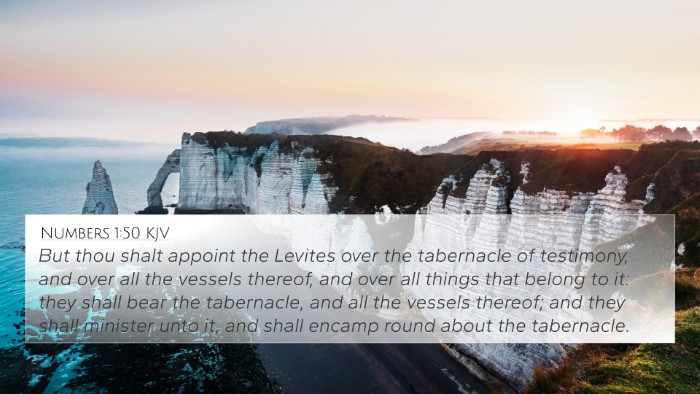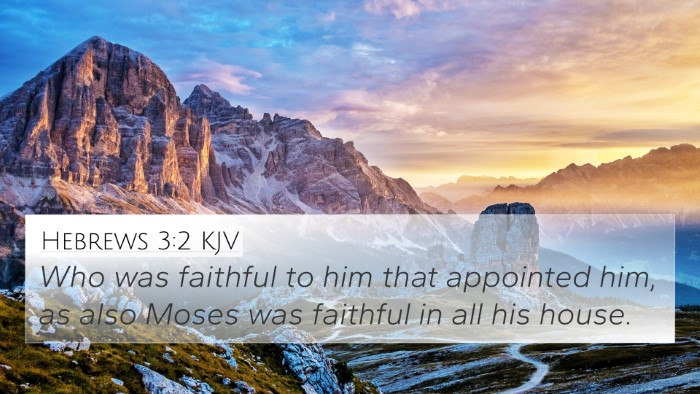Understanding Exodus 40:33
Exodus 40:33 states: "And he reared up the court round about the tabernacle and the altar, and set up the hanging of the court gate. So Moses finished the work." This verse holds great significance in the narrative of the Israelites' journey and their worship practices, symbolizing completion and divine obedience.
Contextual Background
The events of Exodus 40 occur after the Israelites have received detailed instructions from God regarding the Tabernacle, the intricate dwelling place of God among His people. Moses plays a critical role in ensuring that these instructions are followed meticulously, signifying the importance of obedience to God's commands.
Meaning and Implications
According to Matthew Henry, this verse illustrates the fulfillment of God’s command through Moses, emphasizing the dedication and diligence required in serving God. The completion of the Tabernacle signifies God's presence among His people, offering them a place of worship and communion.
Albert Barnes notes that the act of rearing the court and setting up the gate signifies the establishment of a sacred space. This physical structure reflects the spiritual reality of God's relationship with His people—sacred, protective, and set apart for divine worship.
Furthermore, Adam Clarke highlights that Moses finishing the work is a testament to leadership and faithfulness. Moses’ task wasn’t just about constructing a building; it represented the covenant between God and Israel, where worship could occur and sacrifices could be made for atonement.
Thematic Connections
This verse connects deeply with several biblical themes, including:
- The Sanctity of Worship: Establishing a structured worship space.
- God’s Presence: God's dwelling among His people.
- Leadership and Obedience: The role of Moses as God's faithful servant.
Bible Verse Parallels
To further grasp the significance of Exodus 40:33, let's highlight some relevant cross-references:
- Exodus 25:8 - "And let them make me a sanctuary; that I may dwell among them." - This verse emphasizes God's desire to dwell among His people.
- Leviticus 16:2 - God’s instructions about the day of atonement highlight the importance of sacredness and the Tabernacle.
- 2 Chronicles 5:14 - The completion of the temple and God's glorious presence emphasizes continuity from Tabernacle to Temple.
- Hebrews 9:11 - The transition from the earthly tabernacle to Christ as the ultimate high priest signifies fulfilment in the New Covenant.
- Matthew 1:23 - "Behold, a virgin shall be with child..." - This connects the prophetic fulfillment of God being with humanity through Jesus.
- John 1:14 - "And the Word was made flesh, and dwelt among us." - The incarnation mirrors the concept of God dwelling among his people.
- Revelation 21:3 - "Behold, the tabernacle of God is with men." - A future hope of God’s presence fully realized.
Exploration and Cross-Referencing Scripture
For those studying Exodus 40:33, using a Bible concordance or Bible cross-reference guide can enhance understanding by revealing connections between Bible verses and illuminating the deeper meanings of scripture.
Tools for Cross-Referencing
To engage in a cross-reference Bible study, consider these methods:
- Create a thematic Bible verse connections list: Identify themes present in Exodus 40:33 and seek verses that connect with those themes.
- Using comprehensive Bible cross-reference materials: Look for resources that offer parallels and links between the Old and New Testament.
- Bible version comparison: Compare how different translations express this verse and its themes.
Concluding Thoughts
Exodus 40:33 is significant not only for its historical context but also for its lasting theological implications. The completion of the Tabernacle reflects God's desire for relationship, worship, and the ultimate hope found in His presence. Through comparative Bible verse analysis and proper cross-referencing, one can delve deeper into the tapestry of scripture, uncovering connections that enrich understanding and faith.
